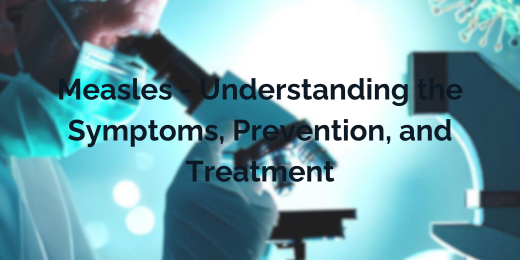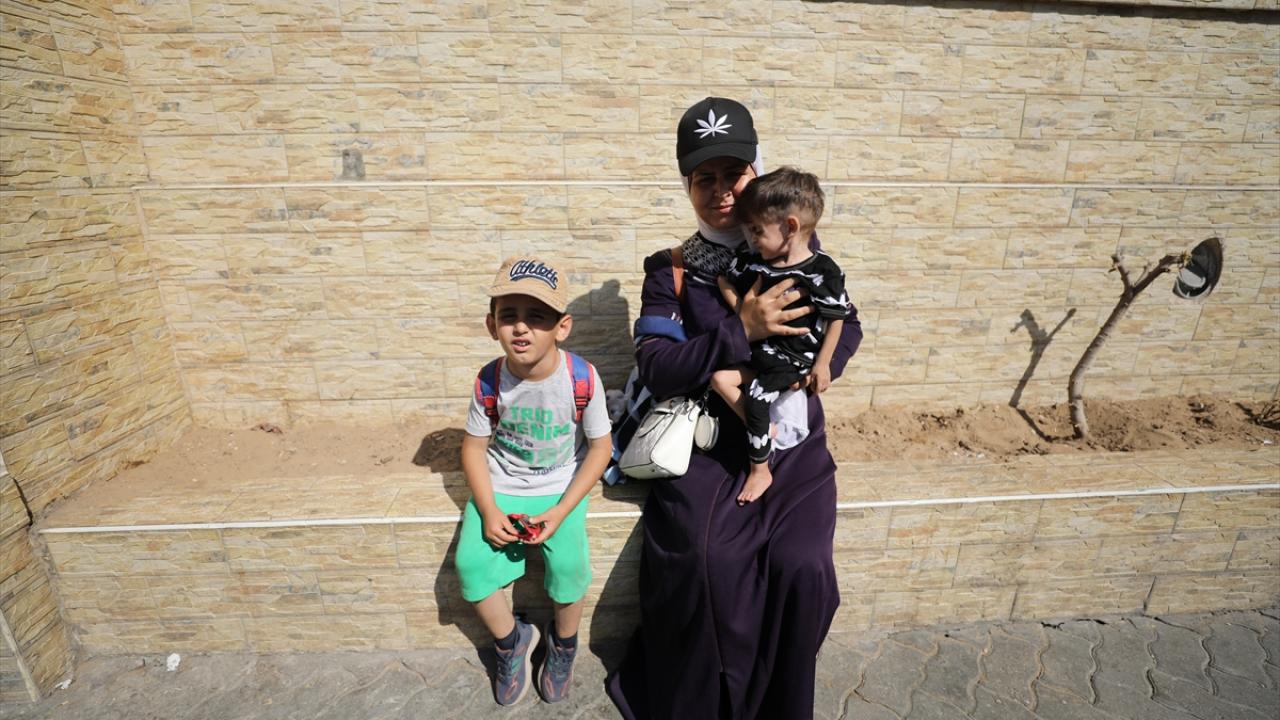The Persistence Of Measles: Understanding Continued Transmission

Table of Contents
Factors Contributing to Measles Transmission
Measles transmission is alarmingly efficient. Understanding how it spreads is the first step in stemming its tide. The virus responsible for measles, rubeola, primarily spreads through the air via respiratory droplets produced when an infected person coughs or sneezes. This airborne transmission makes measles incredibly contagious. Even brief contact with an infected individual can lead to transmission. The virus's contagiousness is further amplified by its relatively long incubation period—symptoms may not appear for up to 14 days after infection, meaning individuals can unknowingly spread the virus to others for an extended period.
- Highly contagious: One infected person can easily infect 12-18 other susceptible individuals.
- Airborne transmission: Measles virus particles can remain suspended in the air for hours, increasing the risk of exposure.
- Close contact transmission: Direct contact with respiratory secretions (e.g., through sharing utensils or touching contaminated surfaces) can also lead to infection.
- Incubation period: The lengthy incubation period allows widespread transmission before diagnosis.
The Role of Vaccine Hesitancy and Low Vaccination Rates
Perhaps the most significant factor contributing to the persistence of measles is vaccine hesitancy and consequently, low vaccination rates. While the MMR (measles, mumps, and rubella) vaccine is highly effective and safe, a substantial portion of the global population remains unvaccinated. This gap in immunity undermines herd immunity, the community protection achieved when a sufficiently large percentage of the population is vaccinated. When herd immunity is compromised, the virus finds more susceptible individuals to infect, allowing it to spread easily within communities and across borders.
- Misinformation and distrust in vaccines: The spread of false information through social media and other channels contributes significantly to vaccine hesitancy. Misconceptions about vaccine safety and efficacy are pervasive and damaging.
- Lack of access to vaccines: In many regions, particularly low-income countries, access to vaccines remains a significant barrier. Geographical limitations and socioeconomic factors play a crucial role.
- Religious or philosophical objections: Some individuals and communities hold religious or philosophical objections to vaccination, further contributing to low coverage rates.
- Herd immunity breakdown: Low vaccination rates lead to the erosion of herd immunity, creating pockets of vulnerability where measles outbreaks can readily occur.
Global Measles Outbreaks and Challenges in Disease Surveillance
Recent years have witnessed several significant measles outbreaks across the globe, often in regions with weak healthcare systems or pre-existing health crises. These outbreaks underscore the urgent need for improved disease surveillance and rapid response mechanisms. Tracking and controlling outbreaks presents many challenges:
- International travel: The ease of international travel allows the rapid spread of the virus across borders, making containment difficult.
- Weak health systems: Countries with weak healthcare infrastructures struggle to effectively diagnose, treat, and prevent measles cases. Lack of resources, including trained personnel and adequate supplies, hinders efficient outbreak response.
- Conflict and displacement: War, conflict, and displacement create vulnerable populations with severely limited access to healthcare and vaccination services, allowing the disease to flourish.
- Underreporting of cases: In many parts of the world, accurate reporting of measles cases is hindered by a lack of resources and effective surveillance systems, leading to underestimation of disease burden.
Addressing the Persistence of Measles: Prevention and Control Strategies
Combating the persistence of measles requires a multi-pronged approach. The cornerstone of measles prevention remains high vaccination coverage. This requires concerted efforts to:
- Increase vaccination rates: Implement robust vaccination campaigns targeting vulnerable populations and addressing the root causes of vaccine hesitancy.
- Strengthen surveillance systems: Invest in robust surveillance systems to enable early detection and rapid response to outbreaks.
- Improve access to healthcare: Enhance access to healthcare services, particularly in underserved areas, to ensure timely diagnosis, treatment, and vaccination.
- Promote community engagement: Involve community leaders and healthcare workers in educational campaigns to increase awareness of measles prevention and dispel misinformation. Transparent communication about vaccine safety is paramount.
- Enhance international collaboration: Foster greater international collaboration to share best practices and coordinate global efforts to eliminate measles.
Conclusion
The persistence of measles is a complex issue stemming from a combination of factors, including the virus’s high contagiousness, low vaccination rates fueled by vaccine hesitancy, and challenges in disease surveillance and outbreak response, particularly in resource-limited settings. To combat the persistence of measles, we must prioritize high vaccination coverage through global efforts, address vaccine hesitancy with education and transparent communication, and strengthen public health infrastructure to facilitate rapid outbreak responses. Protect against measles—get vaccinated, and encourage others to do the same. Let's work together to eliminate measles and prevent future outbreaks. Contact your healthcare provider today to ensure you and your family are up-to-date on your measles vaccines. Together, we can eliminate this preventable disease.

Featured Posts
-
 Barry Dillers Revelations The Untold Story Of Cocaine On The Popeye Set
May 30, 2025
Barry Dillers Revelations The Untold Story Of Cocaine On The Popeye Set
May 30, 2025 -
 Gazze Den Kanser Hastasi Cocuklar Icin Uerduen Uen Destegi
May 30, 2025
Gazze Den Kanser Hastasi Cocuklar Icin Uerduen Uen Destegi
May 30, 2025 -
 Dwytshh Bnk Ywse Ntaq Emlyath Almsrfyt Fy Alimarat
May 30, 2025
Dwytshh Bnk Ywse Ntaq Emlyath Almsrfyt Fy Alimarat
May 30, 2025 -
 The Longest Goodbye Role Model Announces Additional Paris And London Shows
May 30, 2025
The Longest Goodbye Role Model Announces Additional Paris And London Shows
May 30, 2025 -
 Update Second Measles Case Reported In Virginia In 2025
May 30, 2025
Update Second Measles Case Reported In Virginia In 2025
May 30, 2025
Latest Posts
-
 Munichs Bmw Open 2025 Zverev Battles Griekspoor In Quarter Finals
May 31, 2025
Munichs Bmw Open 2025 Zverev Battles Griekspoor In Quarter Finals
May 31, 2025 -
 May Day Rally In Kingston Images Show Strength And Solidarity Daily Freeman
May 31, 2025
May Day Rally In Kingston Images Show Strength And Solidarity Daily Freeman
May 31, 2025 -
 Bmw Open 2025 Zverev Griekspoor Quarter Final Showdown In Munich
May 31, 2025
Bmw Open 2025 Zverev Griekspoor Quarter Final Showdown In Munich
May 31, 2025 -
 Indian Wells Surprise Zverevs First Match Exit And His Honest Assessment
May 31, 2025
Indian Wells Surprise Zverevs First Match Exit And His Honest Assessment
May 31, 2025 -
 Trump Administration Loses Key Advisor Elon Musks Resignation Explained
May 31, 2025
Trump Administration Loses Key Advisor Elon Musks Resignation Explained
May 31, 2025
